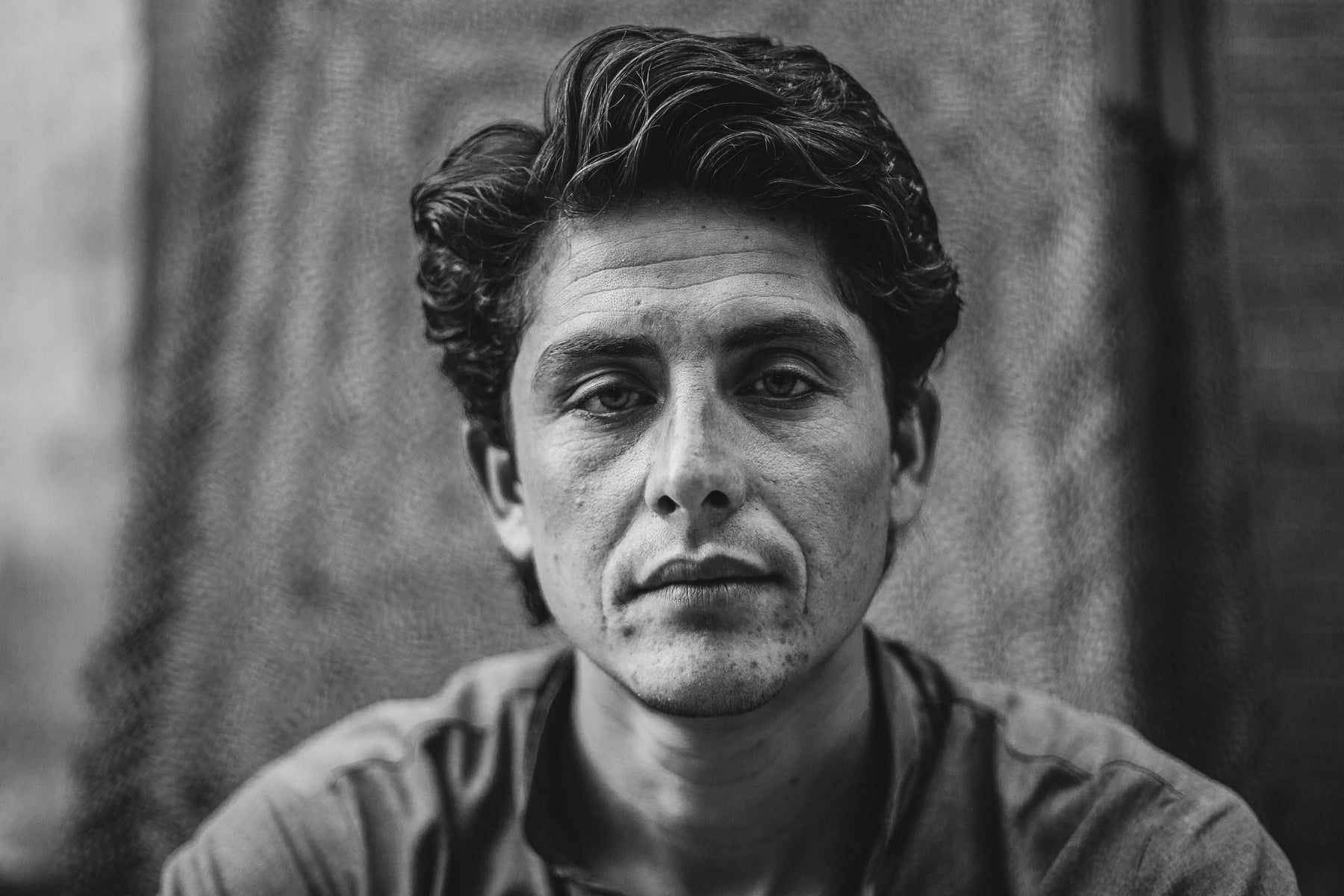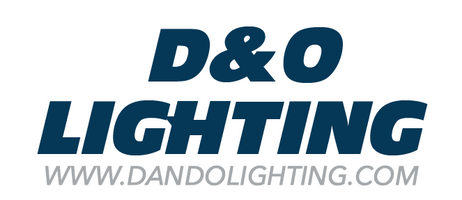
How to set Up professional video studio Lighting? Lighting techniques to shoot traditional Hollywood portraits using LED Lights
In the world of Photography, lights are a very touchy subject. I have spoken with avid flashgun lighting fans, that will not ever switch over to LED Lighting. I have also spoken with avid LED Lighting fans that swear on the ever-increasing evolution in LED Lighting technology.
LEDs have a distinct advantage over a flashgun for photographic purposes, as they can deliver a constant stream of steady light, rather than a single bright flash. The downside, of course, is that the light produced is not as powerful, so LED lighting works best when you can place it as close to the subject as possible.
Once you set up your continuous light source, what you see is going to be close to what you are capturing through the lens - it's the WYSIWYG of the photography world. The learning curve which only comes from experience when using strobes and monolights is also effectively eliminated.
A source of constant and level lighting is essential for video shooting and broadcasting, a task for which LED panels are ideally suited. LED lights typically run much cooler than traditional lighting, so a closed set suddenly becomes a lot more of a comfortable place in which to work.
LEDs have found favor in everything from torches, to low-energy light sources for the home, office, and shops. The high efficiency and low power requirements of an LED also make them the perfect companion for the studio photographer, which is why LED lighting is starting to become a common sight in the modern photographic studio.
If you haven't noticed by now, I am an avid LED Lighting fan. I must disclose before you read further, I am also an owner of a small LED Lighting e-commerce brand.
In order to convert more of you avid flashgun lighting fans, I want to teach you how to make a traditional Hollywood portrait using an LED Light Panel. My aim is to give you a specific exercise on how to utilize an LED Light in your lighting set up. What you need to find out yourself, is what type of LED Light fits your needs, finding your optimal color temperature before a set, and other information you may find useful.
"When deciding where to position your light," I came across one guy, George Hurell, a youtube blogger, who said that when creating a Hollywood style portrait, photographers need to put the LED Light in the right place (George Hurell, 2016).
1. Put it into a butterfly

2. Bring it around into a 45 Rembrandt

3. Bring it into an under-light and light the model from underneath

4. Always put a grid on your LED Light, to really focus the light on the subject.

5. Keep flags as far away from the light as possible, and get as close to the subject as you can before it gets in the camera view.

- Search a place to put it into position for it to shape the face according to the different portrait positions.
- Set ISO to 12:40 go to 4.0.
- You can do this all with just one LED Light.
If you're convinced and you're in need of an LED Light now...
The new 180W Bi-Color LED from D&O Lighting is a versatile device with barn doors giving you options to throw the light exactly where you need it. An adjustable temperature range also provides plenty of scope for experimentation in your shots.
While LED lights run a lot cooler than their traditional counterparts, the 180W Bi-Color LED lights from D&O Lighting to include huge heatsinks attached to the back of the light, to extend the life of your LEDs. Arc-shaped fins enable natural cooling, increasing heat dissipation efficiency by up to 30%, and negate the need for noisy cooling fans.
You get plenty of value, as the state of the art LEDs are rated at a useful life of 50,000 hours. Everything you need to get going is included, with two D-Tap to 3-Pin XLR DC-Cables, once AC power cable, detachable barn doors, and a sturdy carrying case rounding at the package.
If you’re a photographer needing a steady source of light that runs cool and quiet, then LEDs have a place in your studio, and at this bargain introductory price, with a massive 69% discount for this level of quality and precision, it’s almost a no-brainer.

Leave a comment